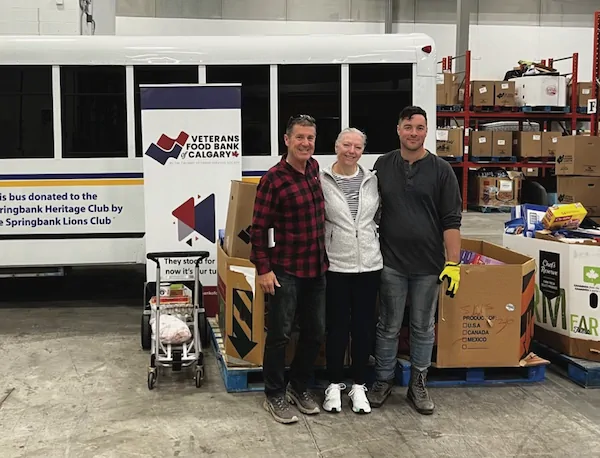Myositis Ossificans
Myositis Ossificans (MO) is an abnormal boney tissue growth within a muscle after a traumatic event or repeated trauma to muscle tissue. This injury is usually the result of a direct blow to a muscle, such as a knee to the thigh in soccer, or a fall, causing a deep muscle bruise. It can also be caused by repeated loading on a particular area of a muscle, such as with horse riding or kneeling for prolonged periods. The body starts to deposit boney tissue instead of repairing the muscle tissue at the healing site. Over a few weeks, this abnormal boney development may become painful, inflamed and reduce the range of motion in one or more joints.
Whether this injury is caused by repeated micro-trauma or a direct blow to a muscle, it is important to get it properly diagnosed and managed in the early stages. There are a few factors that may put one at risk of developing MO. These include having sustained a more severe injury to a muscle belly (ie. a direct blow), having severe loss of range of motion after an injury, having an acute muscle injury aggressively massaged too early in the healing phase, returning to high intensity activity too early, or re- injuring the site before it has fully healed (ie. another direct blow to that area).
A normal muscle strain or contusion injury will initially be painful, sore to stretch, sore and weak to use that limb and may even have a soft palpable lump from a hematoma (a bruise and pooling of blood in the area). In the first 1-5 days is important to seek treatment from a health professional for a functional diagnosis and early rehab management. Likely gentle range of motion exercises, ice, activity modification, and modalities such as therapeutic ultrasound may be advised. Within that initial 2-3 week timeframe, the injury should be getting better. There should be an improved range of motion, improved strength, a decrease of pain, and if a hematoma lump was present – this should be diminishing and become less painful. If the process of myositis ossificans begins, you may notice the injury site becoming more painful, more limitation in your range of motion, pain during the night and increased pain with use of that limb. This process of boney formation within the muscle may take up to 3 weeks to develop. If you are not progressing as expected, you will be referred for diagnostics such as an X-ray, computed tomography scan (CT scan), diagnostic ultrasound, bone scan or MRI.
Post injury, a prompt response of care can help prevent a boney mass from forming. The first 24 hours after a deep muscle bruise are critical to the long-term management of that injury. Remove yourself from activity, seek immediate medical attention and apply an ice pack. Begin conservatively with light stretching in a pain free range of motion, as MO is more likely to develop in a sedentary muscle. Avoid aggressive massage to the area, but continue to move and use that limb as you are able to. Anti-inflammatories may help with the pain and swelling for the first few days, or topical treatments like Biofreeze may help. When you are ready to return to activity, wearing protective padding around the injured site will protect against repeated trauma to that area. Physiotherapists may utilize modalities such as therapeutic ultrasound, interferential current, TENS or acupuncture for pain relief, increased circulation and to minimize the development of scar tissue or boney formation at the site. Rarely is surgery required to remove the boney mass. However, if this is the case, it is necessary to wait up to 6 months to one year until the boney material is mature. If the boney mass is removed too early, the calcified tissue may regrow. Surgery may be considered if the calcified deposit is causing excessive pain, compressing on a nerve, interfering greatly with your range of motion, or not responding to conservative therapy.
MO is a serious complication related to a muscle strain, contusion, or repeated microtrauma to a muscle. Physiotherapy can help get you started in the early stages of a new injury and guide through the appropriate stages of healing. Addressing a new injury promptly can help to reduce your risk of developing MO and prevent the ongoing complications of tightness, movement compensations and persistent pain.
Jennifer Gordon (BSc. PT, AFCI, BA Kin)
Physiotherapist, Bragg Creek Physiotherapy
www.braggcreekphysio.com


























